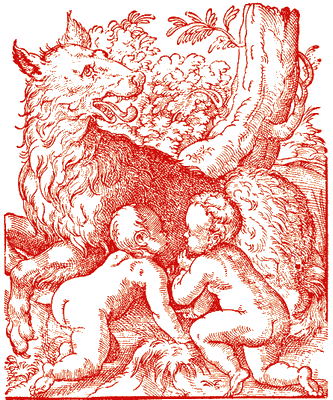|
|
Please note that Mommsen uses the AUC chronology (Ab Urbe Condita), i.e. from the founding of the City of Rome. You can use this reference table to have the B.C. dates
From: The History of Rome, by Theodor Mommsen
Translated with the sanction of the author by William Purdie Dickson

Page 34
Departure of Hannibal
So Hannibal collected the troops, destined for the grand army, in Cartagena at the beginning of the favourable season; there were 90,000 infantry and 12,000 cavalry, of whom about two-thirds were Africans and a third Spaniards. The 37 elephants which they took with them were probably destined rather to make an impression on the Gauls than for serious warfare.
Hannibal's infantry no longer needed, like that led by Xanthippus, to shelter itself behind a screen of elephants, and the general had too much sagacity to employ otherwise than sparingly and with caution that two-edged weapon, which had as often occasioned the defeat of its own as of the enemy's army. With this force the general set out in the spring of 536 from Cartagena towards the Ebro.
He so far informed his soldiers as to the measures which he had taken, particularly as to the connections he had entered into with the Celts and the resources and object of the expedition, that even the common soldier, whose military instincts lengthened war had developed, felt the clear perception and the steady hand of his leader, and followed him with implicit confidence to the unknown and distant land; and the fervid address, in which he laid before them the position of their country and the demands of the Romans, the slavery certainly reserved for their dear native land, and the disgrace of the imputation that they could surrender their beloved general and his staff, kindled a soldierly and patriotic ardour in the hearts of all.
Do you see any typos or other mistakes? Please let us know and correct them
|
|
Reference address : https://ellopos.net/elpenor/rome/3-04-hamilcar-hannibal.asp?pg=34